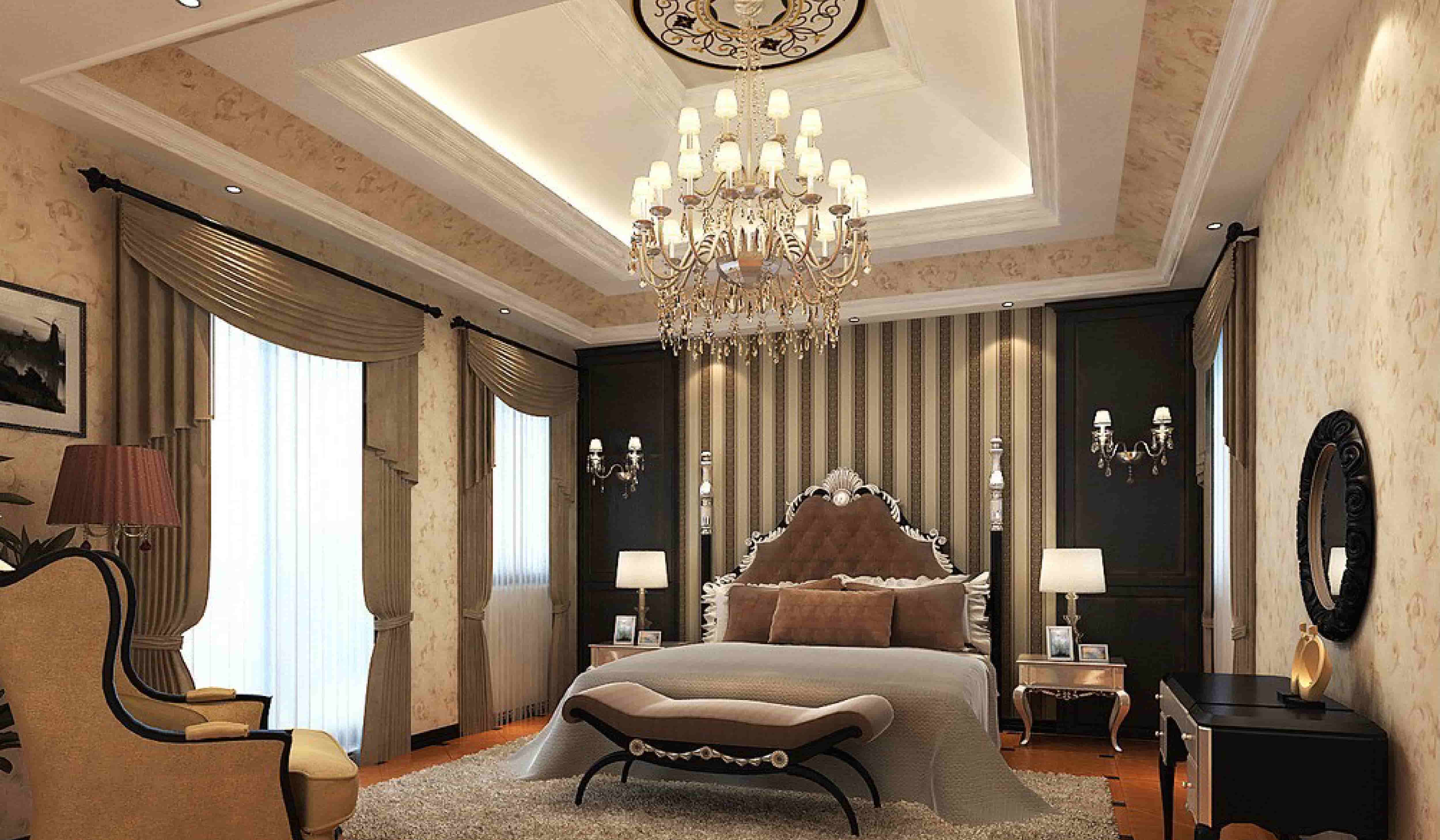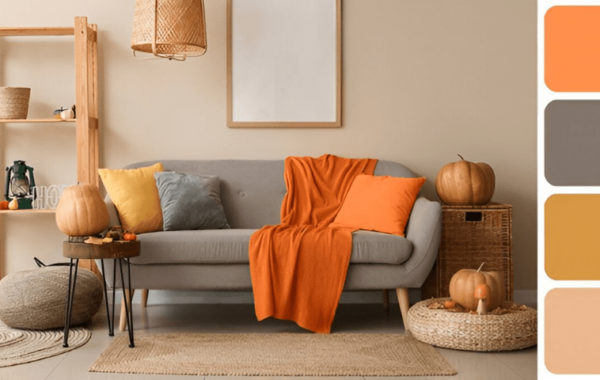
Embracing Nostalgia: Interior Designing Trends Inspired by the Late ’70s
Introduction:
Interior design Trends is an ever-evolving art form that draws inspiration from various eras. One era that has recently made a triumphant comeback is the late ’70s. Characterized by vibrant colors, bold patterns, and a unique blend of comfort and style, the late ’70s left an indelible mark on design. In this article, we’ll explore how interior designers embrace the nostalgia of the late ’70s and see how to incorporate its timeless elements into modern spaces.
Trends In Interior Design Inspired by the Late 1970s
Colors that Pop:
The late ’70s were all about bold and vibrant colors that infused energy into every room. Earthy tones, such as avocado green, burnt orange, and mustard yellow, were staples in home decor. Today, interior designers are rediscovering the charm of these colors, incorporating them into contemporary spaces to create a sense of warmth and nostalgia.
Once associated with kitchen appliances, Avocado green is now returning as accent walls or statement furniture pieces. Combining these rich, earthy tones with neutral shades like beige or cream creates a balanced and visually appealing palette.
Bold Patterns and Textures:
Patterns and textures from the late ’70s were anything but subtle. From geometric shapes to bold floral prints, interior design trends in this era embraced maximalism. Today’s designers borrow from this trend, introducing bold patterns and textures to add depth and character to spaces.
Incorporating retro wallpaper with oversized floral patterns or geometric shapes can instantly transport a room back in time while maintaining a modern edge. Additionally, shaggy rugs and textured upholstery provide a tactile experience, a hallmark of ’70s design.
Natural Materials and Earthy Elements:
A growing awareness of the environment in the late ’70s led to an increased use of natural materials in interior design . Wood, wicker, and rattan furniture became popular, creating a connection with the outdoors. This trend has resurfaced in contemporary design, focusing on sustainable and eco-friendly materials.
Today’s interior designers incorporate wooden furniture with clean lines and natural finishes, creating a harmonious blend of the ’70s aesthetic and modern minimalism. Wicker and rattan accents, such as light fixtures or decorative baskets, bring a touch of nature indoors and foster a sense of tranquility.
Conversation Pits and Sunken Living Rooms:
The conversation pit in the late ’70s onglate-’70s living room was an iconic feature of the era’s interior design trends. These cozy, slightly recessed seating areas were perfect for intimate gatherings. They added a sense of depth to the overall space. While literal sunken living rooms may be less prevalent today, designers are innovatively adapting this concept.
Modern interpretations of sunken living rooms often involve different levels of flooring or the strategic placement of furniture to create a designated conversation area. This design element pays homage to the ’70s and promotes a sense of intimacy and comfort in contemporary living spaces.
Mixing Retro with Metro:
One key challenge in incorporating ’70s-inspired design into modern homes is striking the right balance between retro and contemporary. Skillful designers achieve this by selectively integrating iconic’ 70s pieces with modern furnishings, creating a seamless fusion of past and present.
For instance, a vintage sunburst mirror or a retro-inspired pendant light can become a focal point in a room dominated by contemporary furniture. Mixing and matching furniture styles, such as pairing a sleek, modern sofa with a vintage coffee table, adds visual interest and showcases the versatility of ’70s design elements.
Bringing the Outdoors In:
The late ’70s embraced bringing the outdoors inside, blending the distinctions between outdoor and inside areas. Large windows, indoor plants, and earthy color palettes were all part of this design philosophy. Today, designers are revisiting these ideas, creating spaces that promote a connection with nature.
It allows abundant natural light to enter, and ceiling windows provide rooms with stunning views of the outside world.
Indoor plants, particularly those with bold, lush foliage, add a touch of greenery and contribute to a healthier indoor environment. Earthy materials and colors further enhance the seamless integration of the indoors and outdoors.
Conclusion:
As we navigate the ever-changing interior design trends, landscape, it’s fascinating to witness the resurgence of ’70s-inspired trends. The late ’70s left an enduring legacy in the design world, and its influence is evident in the bold colors, patterns, and textures that are once again gracing contemporary interiors. By carefully blending the nostalgia of the past with the functionality of the present, designers are creating spaces that are both timeless and trendsetting. So, whether you’re a fan of avocado green or shaggy rugs, there’s no denying the enduring allure of the late ’70s in today’s interior design landscape.
Cibi+Simeon Designs is the best interior designer in Chennai. We elegantly plan every nook and corner of the space with great expertise. As we undertake different projects with their own challenges, we have encountered various techniques. Incorporating ’70s interior design in the present time without disturbing the functionality is another milestone for us. We are capable of doing things that cannot be imagined. Hence, hire us for challenging and appealing interiors. For Chennai people, it is easier for you to connect with us by searching “interior designers near me.”
FAQs:
What key elements define ’70s-inspired interiors?
Think earthy tones, shag carpets, bold geometric patterns, and iconic furniture pieces-elements that capture the essence of ’70s design and create a nostalgic ambiance.
How can one modernize ’70s-inspired interior?
Modernizing involves:
- Incorporating contemporary touches like sleek furniture.
- Mixing textures.
- A selective color palette balances the retro vibe with a fresh, updated look.
Are there budget-friendly ways to achieve a ’70s-inspired design?
Yes,thrift shopping, DIY projects, and upcycling can be cost-effective approaches. Look for vintage pieces, experiment with patterns, and use affordable materials to capture the retro aesthetic.
Can ’70s design be adapted for small spaces?
Absolutely! Maximize space with multifunctional furniture mirrors to create an illusion of space and focus on critical retro elements to significantly impact compact areas.
What color schemes work best to evoke the ’70s feel?
To infuse your space with retro charm, learn about the signature color palettes of the late ’70s, which featured warm browns, mustard yellows, and avocado greens.


